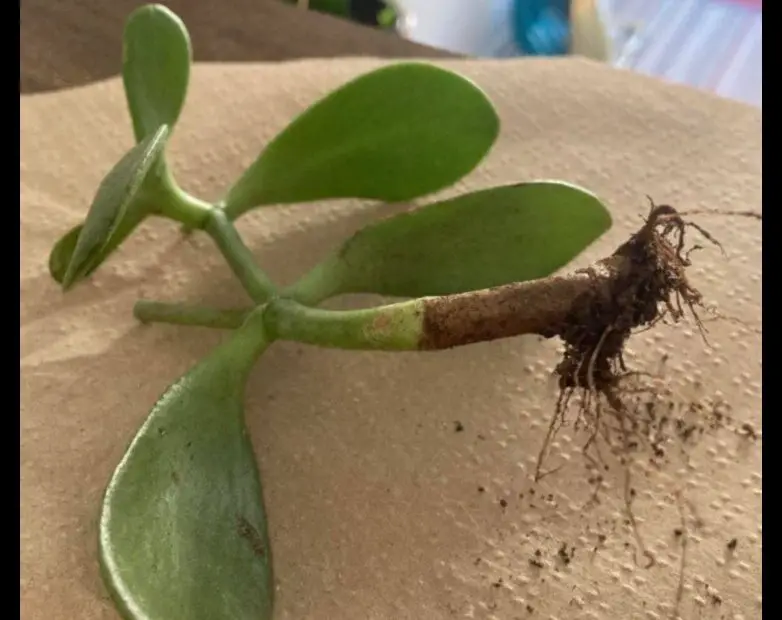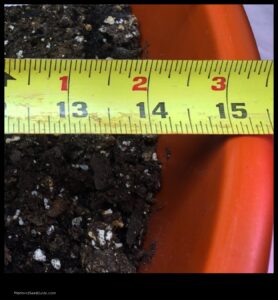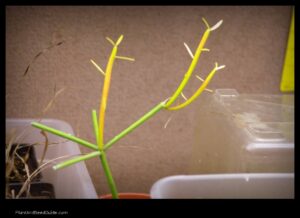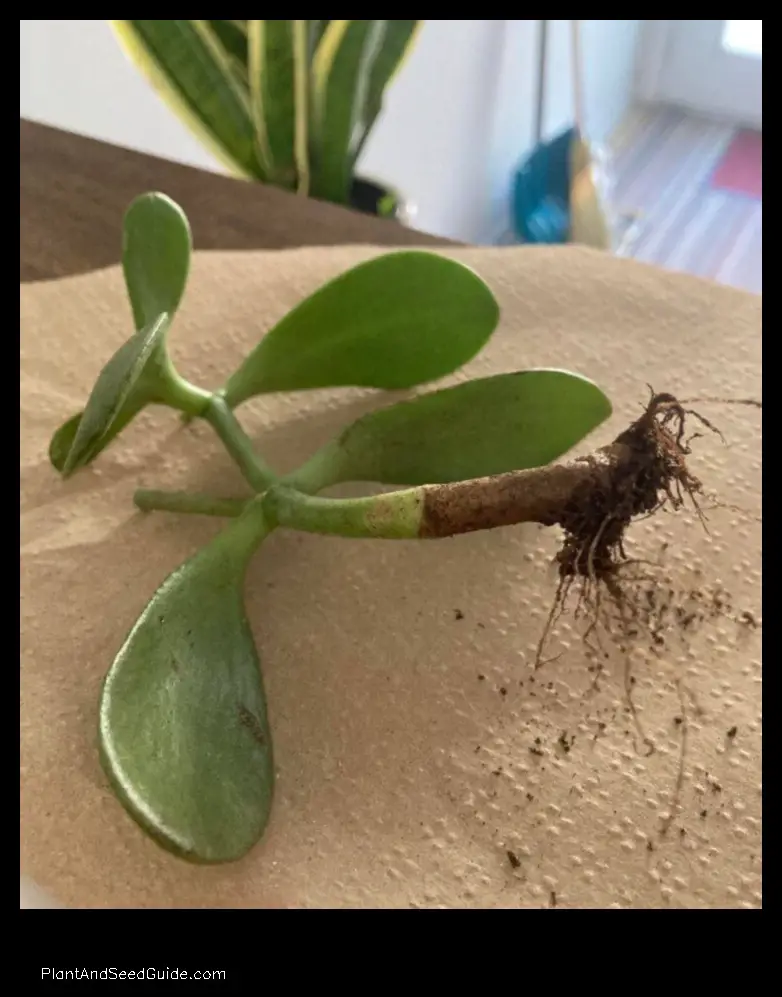
How to Save Jade Plant from Root Rot
Jade plants are popular houseplants because they are easy to care for and can tolerate a wide range of conditions.
However, jade plants can be susceptible to root rot, which is a fungal infection that can cause the roots to decay and eventually kill the plant..
Root rot is often caused by overwatering, which can lead to waterlogging of the soil and a lack of oxygen for the roots. Poor drainage can also contribute to root rot, as it allows water to pool around the roots and create a breeding ground for fungi.
If you suspect that your jade plant has root rot, there are a few things you can do to try to save it. First, you will need to remove the plant from the pot and inspect the roots. If the roots are black and mushy, they are most likely rotting. You will need to cut off all of the rotted roots, using a clean, sharp knife.
Once you have removed the rotted roots, you will need to repot the plant in a new pot with fresh soil. Make sure that the pot has good drainage, and that the soil is not too wet. You should also avoid overwatering the plant in the future.
If you are unable to save your jade plant from root rot, you can try propagating it from a healthy stem cutting. To do this, cut a healthy stem from the plant and remove the leaves from the bottom half of the stem. Dip the stem in rooting hormone and place it in a pot of moist potting mix. Keep the soil moist and the plant in a warm, sunny location. The stem should start to root within a few weeks.
Here are some tips to help prevent jade plants from getting root rot:
- Water your jade plant only when the soil is dry to the touch.
- Use a pot with good drainage holes.
- Repot your jade plant every few years to give the roots more room to grow.
- Avoid overfertilizing your jade plant.
By following these tips, you can help keep your jade plant healthy and free from root rot.
| Feature | Answer |
|---|---|
| Jade plant | A succulent plant that is native to South Africa. |
| Root rot | A fungal disease that can cause the roots of a plant to decay. |
| Succulent | A plant that is adapted to dry conditions and has thick, fleshy leaves. |
| Overwatering | Watering a plant too much, which can lead to root rot. |
| Potting mix | A mixture of soil and other materials that is used to pot plants. |
ISymptoms of Jade Plant Root Rot
The symptoms of jade plant root rot can include:
- The leaves of the plant will start to turn yellow and wilt.
- The stems of the plant will become soft and mushy.
- The roots of the plant will become black and mushy.

Causes of Jade Plant Root Rot
Jade plant root rot can be caused by a variety of factors, including:
- Overwatering
- Poor drainage
- Fungal infections
Overwatering is the most common cause of jade plant root rot.
Poor drainage can also contribute to root rot, as it allows water to pool around the roots, creating a moist environment that is ideal for the growth of fungi. Fungal infections can also cause root rot, as they can damage the roots and prevent them from absorbing water and nutrients.When you water your jade plant too often, the roots are unable to dry out properly, which can lead to the development of fungal infections..
If you suspect that your jade plant has root rot, there are a few things you can do to try to save it. First, you will need to remove the plant from the pot and inspect the roots. If the roots are black and mushy, they are most likely rotting. You will need to cut off all of the rotted roots, using a clean, sharp knife. Once you have removed the rotted roots, you will need to repot the plant in a new pot with fresh soil. Make sure that the pot has good drainage, and that the soil is not too wet. You should also avoid overwatering the plant in the future.
How to Prevent Jade Plant Root Rot
To prevent jade plant root rot, you can take the following steps:
- Water your jade plant only when the soil is dry to the touch.
- Make sure that your jade plant has good drainage.
- Repot your jade plant every two to three years.
- Avoid using potting mixes that are too dense or water-retentive.
- Fertilize your jade plant sparingly, only once or twice a year.
By following these tips, you can help to keep your jade plant healthy and free from root rot.
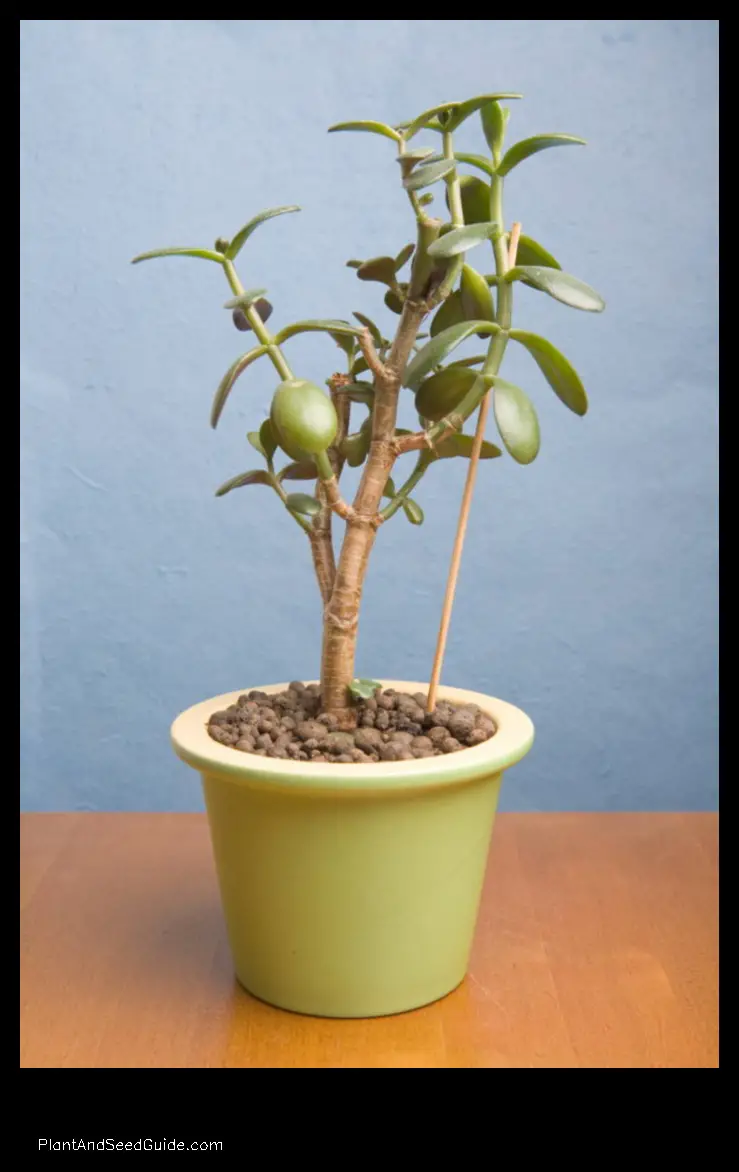
How to Treat Jade Plant Root Rot
If you suspect that your jade plant has root rot, there are a few things you can do to try to save it.
If the roots are black and mushy, they are most likely rotting. You will need to cut off all of the rotted roots, using a clean, sharp knife. Once you have removed the rotted roots, you will need to repot the plant in a new pot with fresh soil. Make sure that the pot has good drainage, and that the soil is not too wet. You should also avoid overwatering the plant in the future.First, you will need to remove the plant from the pot and inspect the roots..
VHome Remedies for Jade Plant Root Rot
There are a few home remedies that you can try to treat jade plant root rot.
- Garlic: Crush a clove of garlic and mix it with water. Pour the mixture over the roots of the plant.
- Epsom salt: Dissolve a teaspoon of Epsom salt in a gallon of water. Pour the mixture over the roots of the plant.
- Hydrogen peroxide: Mix a 3% solution of hydrogen peroxide with water. Pour the mixture over the roots of the plant.
- Milk: Mix a cup of milk with a gallon of water. Pour the mixture over the roots of the plant.
These home remedies may help to kill the fungus that is causing the root rot, but they may not be effective if the root rot is severe. If you are not sure how to treat your jade plant’s root rot, it is best to consult with a professional gardener or horticulturist.
When to Repot a Jade Plant
You should repot your jade plant when it is rootbound, which means that the roots have filled the pot and are starting to grow out of the drainage holes. You may also need to repot your jade plant if the soil is compacted and no longer draining well.
To repot your jade plant, you will need to:
- Gently remove the plant from the pot.
- Loosen the roots so that they are not tangled.
- Choose a pot that is 1-2 inches larger than the current pot.
- Fill the bottom of the pot with potting mix.
- Place the plant in the pot and fill in around the roots with potting mix.
- Water the plant thoroughly.
You should repot your jade plant every 2-3 years, or as needed.
When to Prune a Jade Plant
Pruning a jade plant is an important part of keeping it healthy and looking its best. Pruning helps to remove dead or damaged leaves, and it can also help to shape the plant. You should prune your jade plant once or twice a year, in the spring or summer.
To prune your jade plant, you will need a sharp pair of scissors or shears.
Then, you can begin to shape the plant by cutting off any branches that are too long or that are growing in the wrong direction.Start by removing any dead or damaged leaves..
When pruning your jade plant, be sure to make clean cuts. Do not tear or rip the leaves or branches. Also, be careful not to damage the stem of the plant.
After you have finished pruning your jade plant, you should repot it in a new pot with fresh soil. This will help to give the plant a fresh start and encourage new growth.
Jade plants are succulents, which means that they are adapted to dry conditions. As a result, they do not need to be watered as frequently as other plants. In general, you should only water your jade plant when the soil is dry to the touch. However, the frequency of watering will vary depending on the climate and the type of soil that you are using. If you are not sure how often to water your jade plant, err on the side of caution and water it less frequently.
When you do water your jade plant, it is important to do so thoroughly. Make sure that the water is able to reach all of the roots of the plant. You can do this by either soaking the plant in a sink or tub of water, or by watering it from the top until the water begins to drain out of the bottom of the pot.
It is also important to make sure that your jade plant is not sitting in waterlogged soil.
If you notice that the soil is staying wet for more than a few days after watering, you may need to repot the plant in a pot with better drainage.This can lead to root rot, which can kill the plant..
By following these tips, you can help your jade plant to thrive.
FAQ
Q: What are the symptoms of jade plant root rot?
A: The symptoms of jade plant root rot include:
The leaves of the plant will turn yellow or brown and wilt.
The plant will stop growing.
The roots of the plant will be black and mushy.
Q: What causes jade plant root rot?
A: Jade plant root rot can be caused by a variety of factors, including:
Overwatering
Poor drainage
Fungal infections
Q: How can I prevent jade plant root rot?
A: You can prevent jade plant root rot by following these tips:
Water your plant only when the soil is dry to the touch.
Make sure that the pot has good drainage holes.
Repot your plant in fresh soil every two years.
- Wild Rose Country: Exploring Untamed Beauty - July 15, 2024
- Wildflower Nursery Decor: Bringing Nature Indoors - July 15, 2024
- Young Sprout of Grass: Nurturing New Life - July 15, 2024
